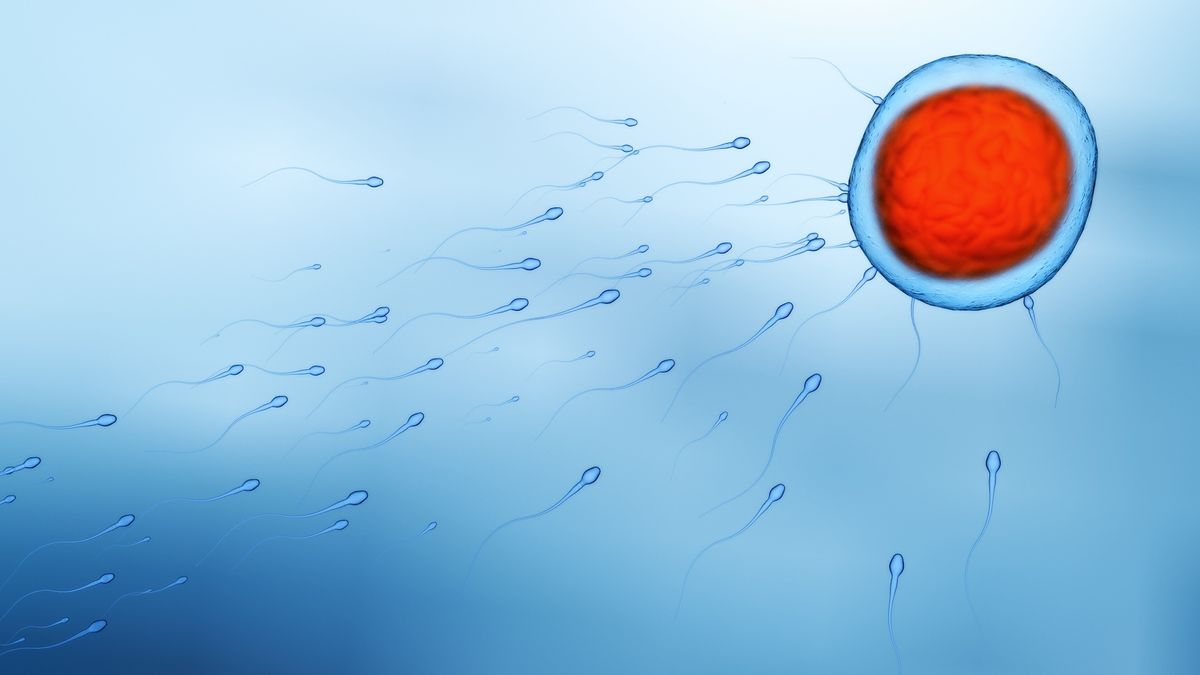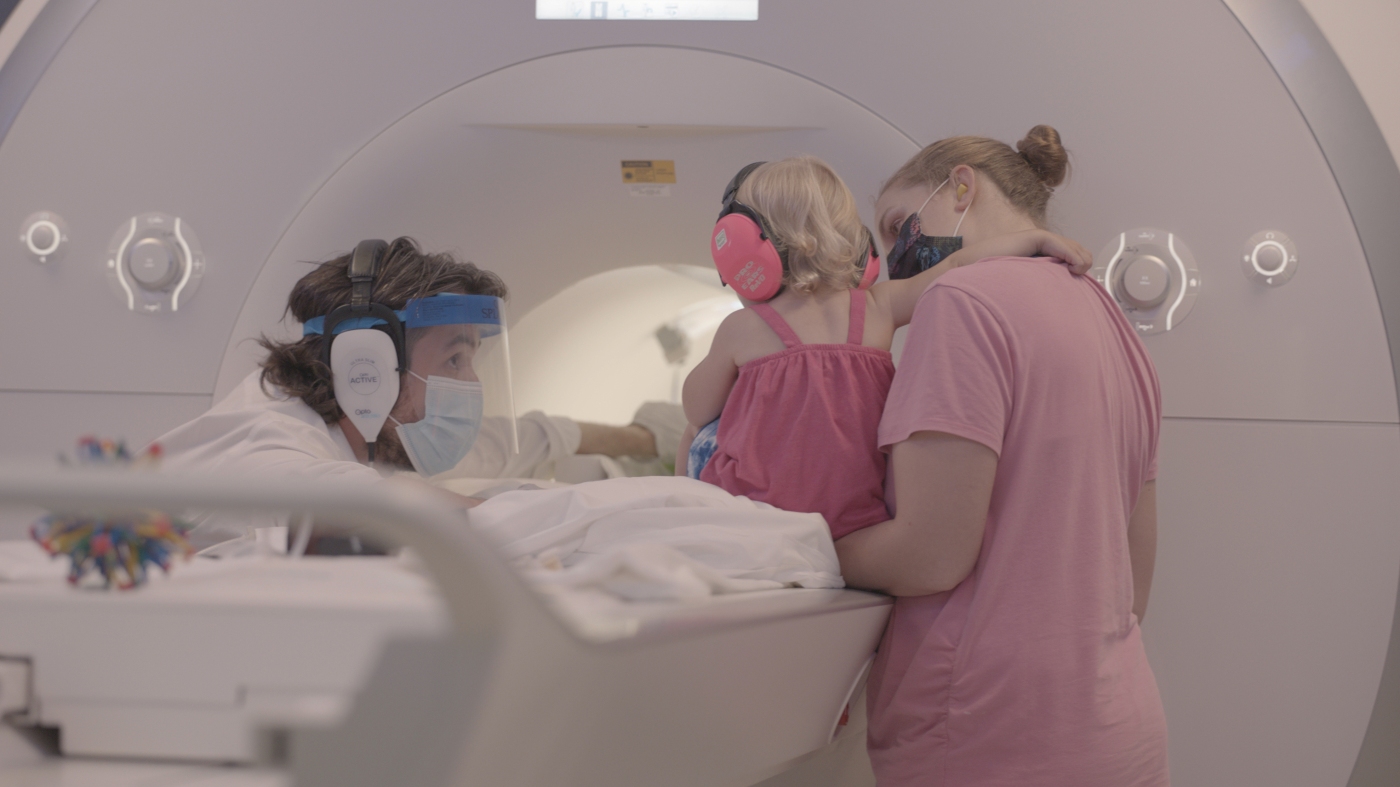The Great Sperm Sprint: Unraveling Nature's Most Competitive Race
Science
2025-03-16 09:00:00Content

The Myth of the Sperm Race: Unraveling Fertilization's True Story
For decades, we've been told a dramatic tale of microscopic competition—sperm racing frantically towards an egg, with the fastest and strongest swimmer claiming victory. But modern scientific research reveals a far more nuanced and fascinating journey of conception.
Contrary to popular belief, fertilization isn't a simple sprint where the speediest sperm triumphs. Instead, it's a complex, collaborative process involving intricate biological interactions. Sperm don't just blindly rush forward; they navigate a sophisticated molecular landscape, receiving chemical signals and overcoming multiple biological barriers.
Recent studies suggest that egg cells actually play an active role in selecting and guiding sperm, challenging the traditional narrative of passive egg and aggressive sperm. The egg releases chemical signals that help direct and filter potential fertilizing sperm, making the process more of a carefully choreographed dance than a chaotic race.
Understanding these subtle mechanisms not only demystifies reproduction but also highlights the incredible complexity of human biology. The journey to conception is less about competition and more about precise, coordinated communication between reproductive cells.
Unraveling the Myth: The Intricate Dance of Sperm and Fertilization
The journey of human reproduction has long been shrouded in misconceptions, with one of the most persistent myths being the dramatic "race" of sperm towards the egg. Scientific research has begun to challenge this simplistic narrative, revealing a far more complex and nuanced process of fertilization that defies our traditional understanding.Challenging Reproductive Myths: A Deeper Look into Conception's Hidden Complexity
The Evolutionary Symphony of Reproductive Biology
The traditional narrative of sperm competition oversimplifies an incredibly sophisticated biological process. Contrary to popular belief, fertilization is not a straightforward sprint where the fastest sperm wins. Instead, it's a meticulously choreographed biological dance involving intricate molecular interactions, chemical signaling, and complex cellular mechanisms. Sperm cells undergo an extraordinary journey through the female reproductive tract, facing numerous challenges and obstacles. They must navigate a hostile environment, overcome immune system defenses, and demonstrate remarkable adaptability. The female reproductive system is not a passive conduit but an active participant in the fertilization process, presenting selective barriers and chemical signals that guide and filter potential fertilizing agents.Molecular Mechanisms of Sperm Selection
Recent scientific investigations have unveiled the remarkable complexity of sperm selection. The egg is not merely a passive recipient waiting to be penetrated but an active participant in choosing its genetic partner. Specialized proteins on the egg's surface interact with specific sperm characteristics, creating a sophisticated screening mechanism that goes far beyond simple speed or quantity. Genetic compatibility, cellular health, and molecular signaling play crucial roles in determining which sperm successfully fertilizes the egg. Some sperm demonstrate extraordinary capabilities of communication and navigation, using chemical gradients and molecular cues to traverse the reproductive tract with precision and purpose.Cellular Communication and Reproductive Intelligence
The reproductive process reveals an astonishing level of cellular intelligence that challenges our conventional understanding. Sperm cells communicate through complex chemical languages, exchanging information and coordinating their collective behavior. This communication network allows them to adapt to environmental conditions, overcome obstacles, and increase the probability of successful fertilization. Researchers have discovered that sperm exhibit collective behaviors reminiscent of sophisticated swarm intelligence. They can modify their swimming patterns, adjust their metabolic processes, and respond dynamically to environmental cues, demonstrating a level of cellular coordination that surpasses simple mechanical movement.Genetic and Epigenetic Considerations in Fertilization
Beyond physical characteristics, genetic and epigenetic factors play pivotal roles in determining fertilization success. The genetic health of sperm, including DNA integrity and potential mutations, significantly influences the likelihood of successful conception. Epigenetic markers can affect the sperm's ability to penetrate the egg and contribute to embryonic development. Environmental factors, lifestyle choices, and physiological conditions can dramatically impact sperm quality and reproductive potential. Nutrition, stress levels, exposure to toxins, and overall health contribute to the complex landscape of human reproduction.Technological Insights and Future Perspectives
Advanced reproductive technologies and sophisticated imaging techniques continue to revolutionize our understanding of fertilization. Microscopic observations and molecular analysis provide unprecedented insights into the intricate processes occurring at the cellular level. Emerging research suggests that fertilization is a highly selective, intelligent process far more nuanced than a simple competitive race. The reproductive system represents a marvel of biological engineering, where millions of years of evolutionary adaptation have created a remarkably efficient mechanism for genetic transmission and species survival.RELATED NEWS
Science

Science Under Siege: New Jersey Professors Blast Trump's Research Budget Massacre
2025-03-08 21:00:13
Science

Science Under Siege: Experts Warn of Trump Era's Dangerous Research Crackdown
2025-03-21 08:30:00
Science

Breaking Barriers: The Bold Fight for Women's Voices in Scientific Discovery
2025-03-23 12:17:00





